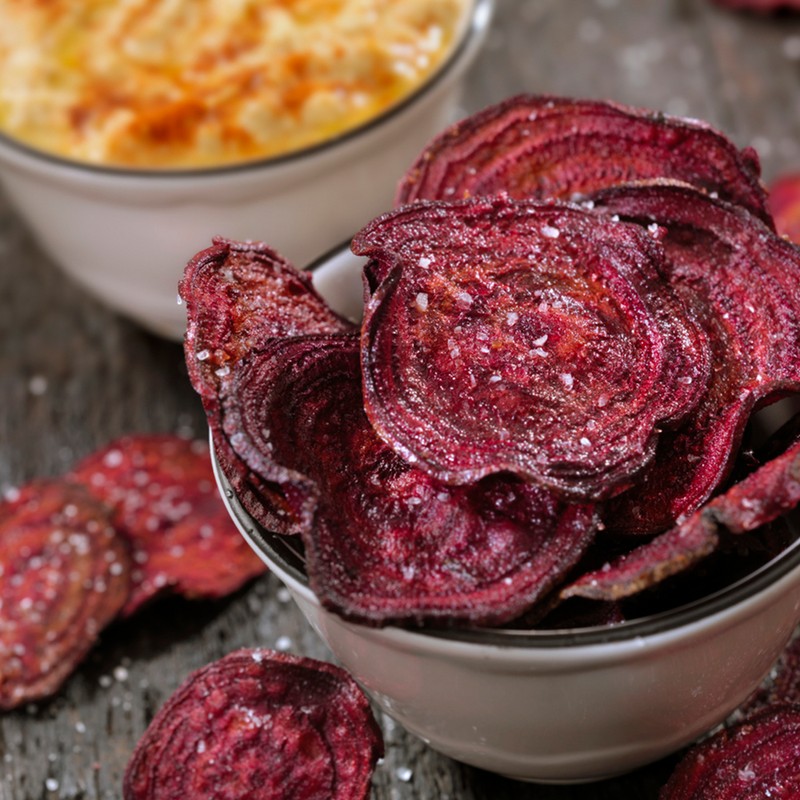
How To Make Comfort Food Healthier
Re-Think The Feel-Good Factor
“What gives comfort foods their moreish qualities is their high-fat content combined with white refined carbs or simple sugars. This is a highly palatable combination, which can stimulate the reward pathway and temporarily trigger the release of serotonin. This may be why we turn to comfort food during darker and colder days, simply for the feel-good factor. One of the simplest swaps you can make is to choose wholegrain varieties instead of white carbs. Wholegrains such as brown rice, bread and pasta are a great source of fibre, an important factor for balancing blood sugar and keeping hunger at bay, and have been linked with a reduced risk of heart disease, stroke, type 2 diabetes and bowel cancer. Stock up on brown rice, oats, barley, rye, quinoa and buckwheat, and enjoy in dishes such as risottos, casseroles, stews and warm winter salads.” – Lily Soutter, Harley Street nutritionist
Eat Fats To Banish Cravings
“As a nation, we are addicted to sugar and its effects, and for anyone with even a slight blood glucose imbalance, carbohydrate cravings can be very hard to resist. My top hack is to snack on nuts and seeds, or an avocado, before reaching for a sweet dessert, as fats are the one macronutrient that can help reduce cravings for sugary foods. Just a small amount of healthy fats can quite literally kill a sugar craving.” – Lisa Borg, nutritional therapist
Try Lower-Fat Cheeses
“If you can tolerate cow’s milk, cottage cheese and ricotta are healthier options, while sheep and goat’s milk cheeses such as feta, halloumi and pecorino are also lower in fat and are easier to digest. The worst cheeses, nutritionally speaking are pasteurised, processed, low-fat or fat-free cheeses, or cheeses that have been sweetened. Lowering the fat content of naturally high-fat foods changes any benefits they provide.” – Lisa
Be Dessert Savvy
“Puddings can be healthy if you keep an eye on ingredients. Instead of sugar, use stewed apples or pears, or a ripe banana. For crumbles, choose wholegrain flours, and keep the crumble layer one third or less than the depth of fruit filling. Always use fresh fruit over canned or frozen where possible. If you are craving a sugary dessert, try searching for Paleo recipes – these often include ingredients such as almond flour, shredded coconut, frozen berries and stevia. Cinnamon, nut butters, whole nuts and vanilla extract can also be handy.” – Lisa
Consider Plant-Based Alternatives
“Nutritional yeast is a favourite in the vegan community as it has a lovely nutty, cheesy flavour and is low in fat, salt and is a great source of B vitamins. It’s often used in vegan recipes as a cheese replacement – it’s particularly great in dishes like mac and cheese – and can be sprinkled over a meal as a substitute for parmesan.” – Lily
Be Smarter About Carbs
“There are plenty of ways to get your carb fix without resorting to white, refined varieties. Try swapping spaghetti for courgetti; lasagne sheets for sliced aubergine; wraps for lettuce leaves; rice for cauliflower rice; flour with ground almonds; pizza dough with cauliflower pizza; and chips for roast squash wedges.” – Lily
Get Blending
“Soup is comforting, nourishing and can be a meal within itself if you add wholesome root vegetables, lentils, beans and wholegrains. Soup also tends to be low in calories but high in volume, which increases its satiating effects. In fact, one study in the British Journal of Nutrition found that soup eaters on average tend to weigh less and have smaller waists than those who don’t eat soup.” – Lily
Add Your Own Health Boost
“The rule of adding things into the diet is a realistic and practical approach. For example, if you are getting a takeaway pizza, add rocket leaves and cherry tomatoes to the top, or stir extra spinach and peas into a meatball sauce. Similarly, a salad or veggie side can be added to just about anything to add more nutrients.” – Nicola Moore, nutritional therapist
Start Your Day Right
“Comfort food at breakfast doesn’t need to mean stacks of pancakes. A hearty dish like apple and linseed porridge is a great way to start the day. Cook 40g of oats with half a grated apple, a sprinkle of cinnamon and 200ml of milk, and cook for around five minutes; then stir in one tablespoon of ground linseed and serve in a bowl topped with 50ml of natural yoghurt and an extra sprinkle of cinnamon. If you fancy something savoury, try half a can of no added sugar baked beans on one slice of wholegrain toast – this dish packs 9.4g of fibre, one third of your recommended daily intake.” - Lily
Stock Up On Tins
“The right ingredients in your cupboard will mean you’ll have plenty on hand to make quick, easy and healthy dishes. Canned fish is a great one to stock up on – it’s a budget-friendly nutritional powerhouse that’s packed with omega-3 fats. Canned fish is also rich in protein and can be a good source of vitamin D. The likes of tinned mackerel, sardines and salmon can be enjoyed in hot or cold meals, including pasta dishes, as a baked potato topping, fishcakes, homemade fish fingers, or even as a sandwich filling.” – Lily
Cut Out The Meat
“Try making some of your meals vegetarian from time to time – vegetable-based dishes on the whole have fewer calories and provide fibre, which is a fuel for your gut bacteria. Legumes can replace meat in pasta sauces, and courgettes can be shredded length-wise and used as a replacement for spaghetti.” – Lisa
Here, Lily shares her top tips for putting a healthy spin on traditional comfort food dishes…
SWAP: Regular roast potatoes
FOR: Potatoes roasted in heart-healthy extra virgin olive oil
SWAP: Spaghetti carbonara
FOR: Wholemeal spaghetti carbonara with low-fat fromage frais
SWAP: Ice-cream
FOR: Full-fat Greek yoghurt topped with fresh figs and shavings of chocolate
SWAP: A chicken pie made with puffy pastry
FOR: A pie made with low-fat filo pastry
SWAP: High-fat beef meatballs
FOR: Meatballs made with lower-fat turkey mince
SWAP: Regular crisps
FOR: Beetroot and parsnip crisps made with extra virgin olive oil
SWAP: Terry’s chocolate orange
FOR: Fresh orange dipped in dark chocolate
Add these expert-approved staples to your shopping trolley…
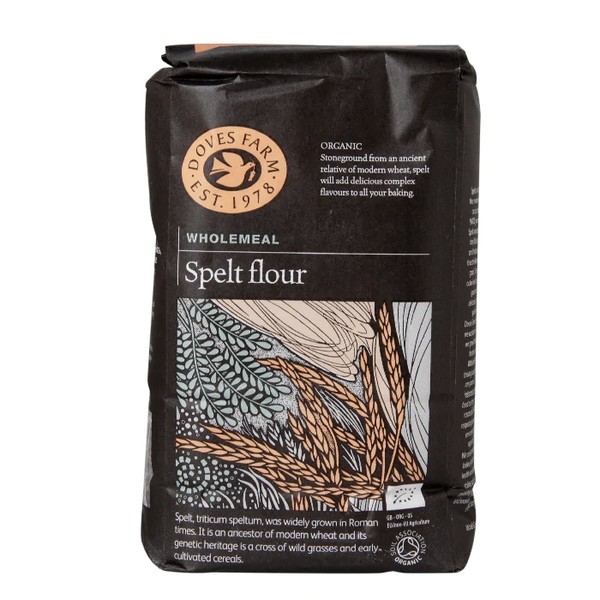
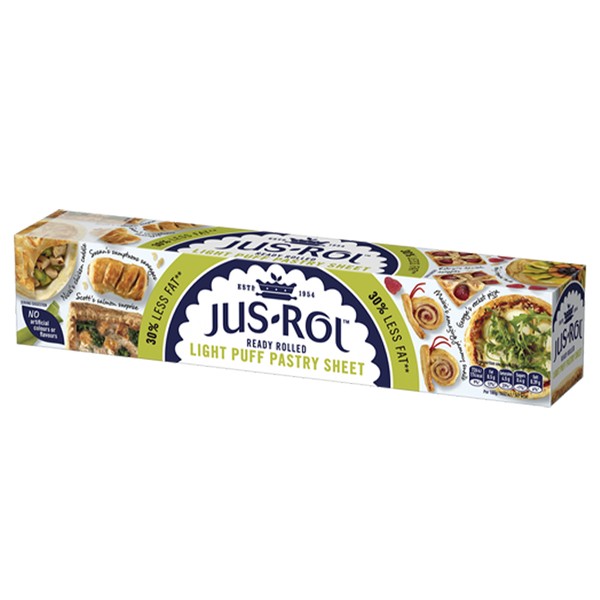
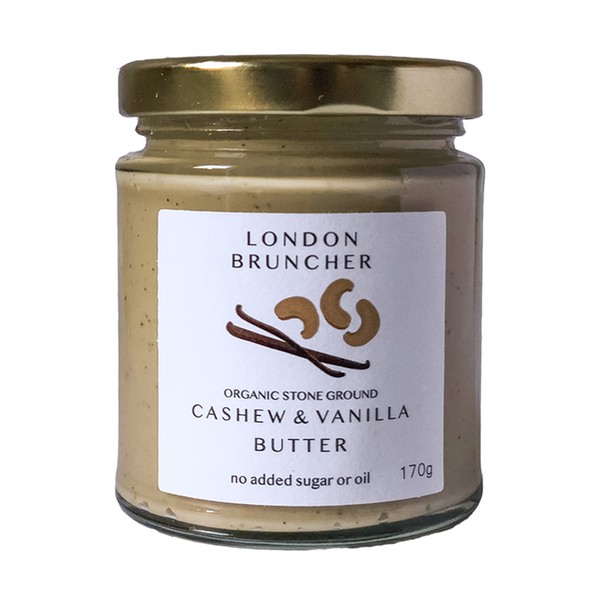
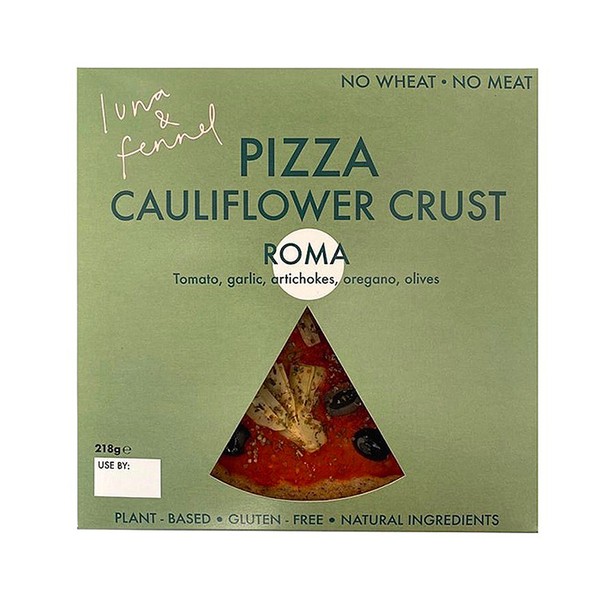
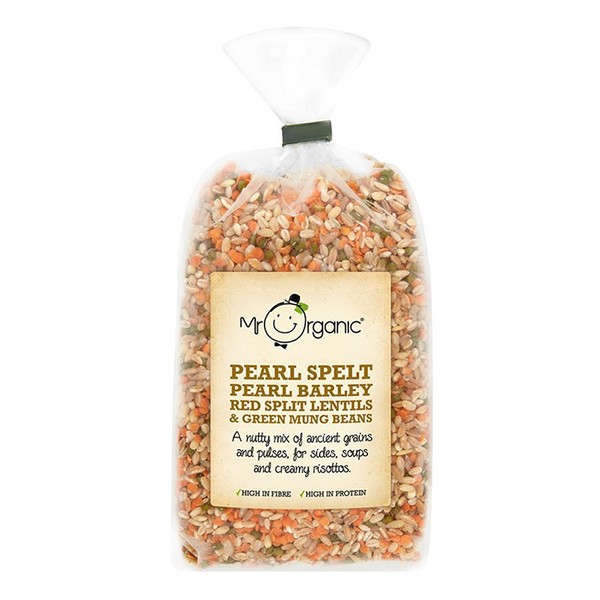
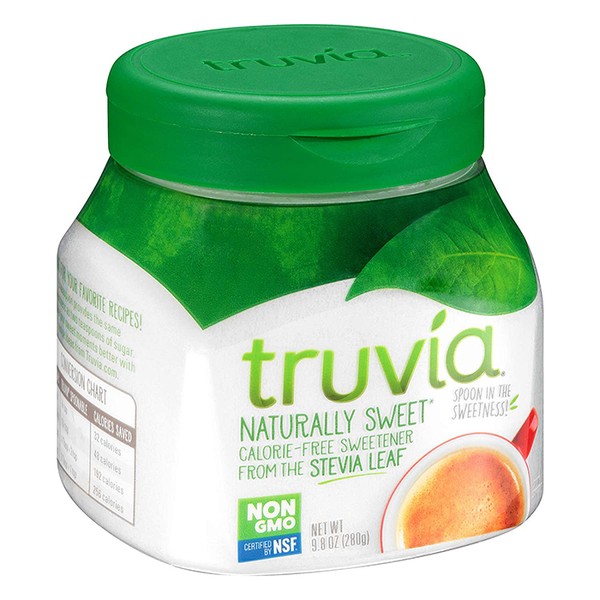

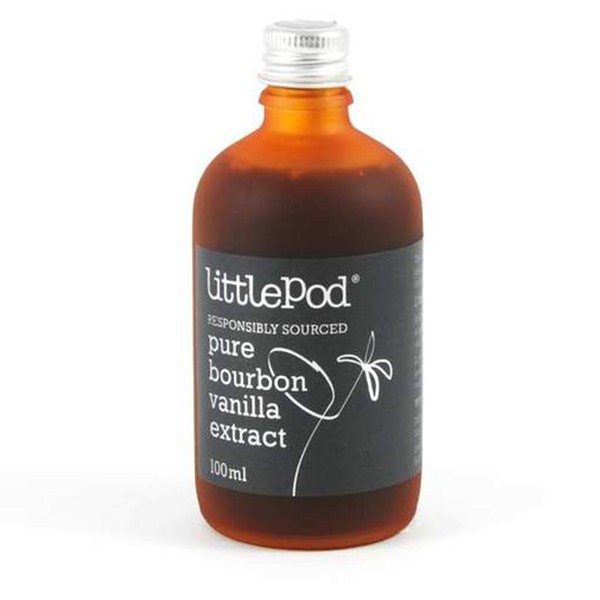
Visit LilySoutterNutrition.com, Nicola-Moore.com and PulseLightClinic.co.uk for more information.
DISCLAIMER: Features published by SheerLuxe are not intended to treat, diagnose, cure or prevent any disease. Always seek the advice of your GP or another qualified healthcare provider for any questions you have regarding a medical condition, and before undertaking any diet, exercise or other health-related programme.
DISCLAIMER: We endeavour to always credit the correct original source of every image we use. If you think a credit may be incorrect, please contact us at info@sheerluxe.com.

